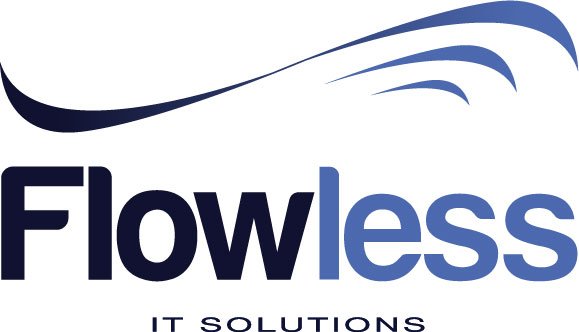The Change Curve is one of the most powerful models, which is being used to understand the different stages of organizational change and personal transition. It is important for an agile company to have a solid understanding about change management. Then they will be able to minimize the negative impacts that change can bring in. Along with that, it will be possible for those companies to end up with effective results at the end of the day as well.
The primary objective of implementing The Change Curve is to understand how people will respond to change. For example, when a new person is taken into a new software development team, he will have to work with a new client and a new leader. It is important for the team member to accept this change and move forward. Then it is possible to make sure that the change is not creating a negative impact on project success at the end of the day.
There are multiple stages in The Change Curve. The very first stage is where the change is initially introduced. It is possible to see the reactions of people in this stage, which are associated with denial or shock. The second stage of the curve is how they become critical of themselves. On the third stage, you will be able to see how doubt is creating an impact on the work that is done by the team members. They will ask a series of questions when going through this phase. Then they will move to the next stage, where they will accept rationalisation by forgetting what they have lost. Along with that, they come in to the last stage, where they focus on solving problems and accepting change.
— Slimane Zouggari
